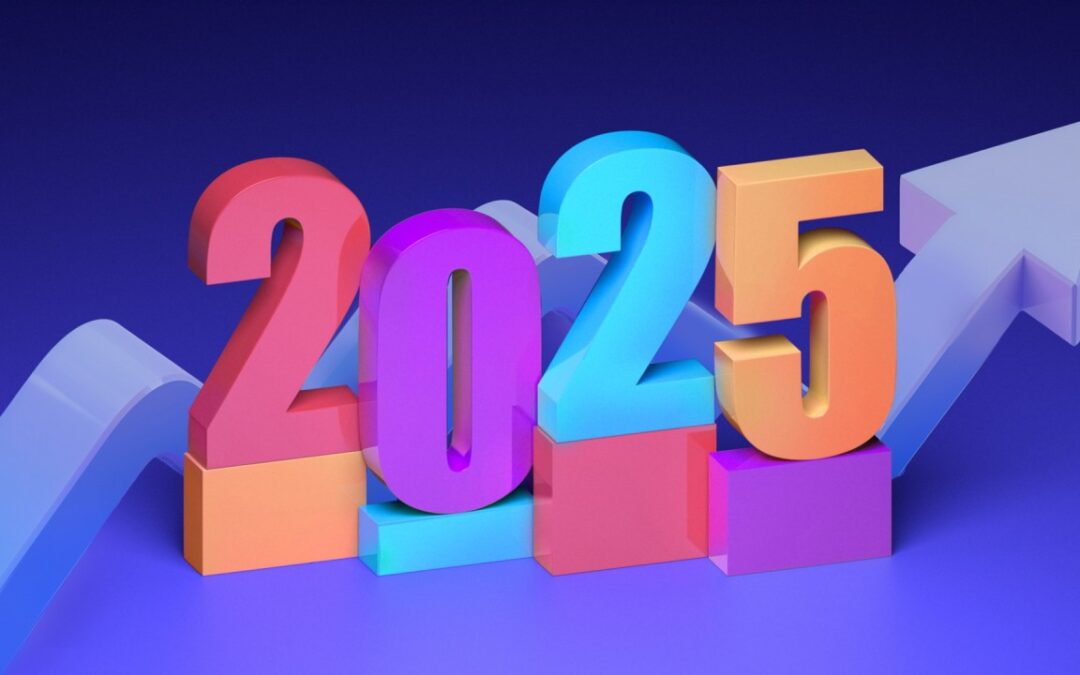Businesses must stay ahead of the curve in Data-Driven Marketing Trends in Australia As we step into 2025. With rapid advancements in artificial intelligence (AI), changing consumer behaviors, and tightening privacy regulations, marketers must embrace fresh strategies to remain competitive. This blog post explores the key trends shaping the Australian digital marketing landscape and how businesses can leverage them for success.
1. The Rise of AI-Powered Personalisation
AI-driven personalisation has evolved significantly, allowing businesses to deliver hyper-targeted content based on user behavior, preferences, and real-time interactions.
Key Insights:
- AI tools like ChatGPT, Google Bard, and localised AI-powered chatbots are helping brands deliver more tailored experiences.
- Predictive analytics are refining customer segmentation and improving engagement rates.
- AI-generated content is being used to create dynamic emails, social media posts, and personalised product recommendations.
How to Adapt:
- Invest in AI-powered customer data platforms (CDPs) to unify and analyse consumer data.
- Implement machine learning algorithms to automate email marketing campaigns.
- Use AI chatbots for enhanced customer support and lead nurturing.
2. Cookieless Tracking and First-Party Data Strategies
With Google phasing out third-party cookies in Chrome by the end of 2024, Australian marketers must pivot toward first-party data collection and consent-based marketing.
Key Insights:
- Consumer privacy concerns are driving the adoption of data protection laws, including Australia’s Privacy Act reforms.
- First-party data is now crucial for targeting and remarketing efforts.
- Server-side tracking and customer loyalty programs are becoming essential.
How to Adapt:
- Encourage users to opt-in via gated content, newsletters, and exclusive deals.
- Implement server-side tagging to ensure data accuracy while complying with privacy regulations.
- Build strong CRM strategies to nurture long-term customer relationships.
3. Voice Search and Conversational Marketing
With smart speakers and voice assistants becoming a household staple in Australia, voice search optimisation (VSO) is no longer optional.
Key Insights:
- By 2025, over 60% of Australian consumers are expected to use voice search for online queries.
- Google’s BERT and MUM algorithms are prioritising natural language processing (NLP).
- Brands are leveraging voice-based marketing, including interactive storytelling and voice-activated commerce.
How to Adapt:
- Optimise website content for conversational and long-tail keywords.
- Develop voice-activated content for platforms like Google Assistant and Alexa.
- Incorporate AI-driven chatbots to facilitate voice-based customer interactions.
4. The Expansion of Video and Interactive Content
Short-form video content continues to dominate Australian social media landscapes, with platforms like TikTok, YouTube Shorts, and Instagram Reels leading the charge.
Key Insights:
- Video content is projected to account for over 82% of Australian internet traffic by 2025.
- Interactive formats, such as live-streaming and shoppable videos, are gaining traction.
- AI-powered video analytics are helping brands refine their content strategies.
How to Adapt:
- Prioritise short-form video content in your marketing strategy.
- Experiment with interactive features like polls, Q&A sessions, and augmented reality (AR) experiences.
- Use AI tools to analyse video engagement and optimise performance.
5. Sustainability and Ethical Marketing
Australian consumers are becoming more environmentally and socially conscious, prompting brands to adopt sustainable and ethical marketing practices.
Key Insights:
- Over 70% of Australian shoppers prefer brands with sustainable initiatives.
- Transparency in marketing and ethical sourcing are becoming key differentiators.
- Businesses are leveraging blockchain technology for supply chain transparency.
How to Adapt:
- Highlight sustainability efforts in marketing campaigns.
- Adopt ethical data collection practices and ensure GDPR and Australian Consumer Law compliance.
- Engage with social causes and build partnerships with sustainability-driven influencers.
6. Localised and Hyper-Personalised Marketing
Australian consumers respond better to localised campaigns that reflect their culture, interests, and purchasing habits.
Key Insights:
- Local SEO is becoming increasingly important for businesses targeting regional markets.
- Hyper-personalisation through geolocation-based targeting is improving conversions.
- Augmented Reality (AR) and Virtual Reality (VR) experiences are enhancing user engagement.
How to Adapt:
- Optimise Google My Business listings and focus on local keyword SEO.
- Use geofencing technology to deliver targeted ads based on users’ locations.
- Invest in immersive AR/VR experiences to create a more engaging brand experience.
7. The Power of Influencer and Community-Driven Marketing
Influencer marketing in Australia continues to grow, with micro and nano influencers driving higher engagement than traditional celebrities.
Key Insights:
- Authenticity is crucial in influencer partnerships, with a preference for real, user-generated content.
- Community-driven content is outperforming paid ads in organic engagement.
- Decentralised social platforms and Web3 communities are shaping new marketing landscapes.
How to Adapt:
- Collaborate with local micro-influencers who have niche, engaged audiences.
- Build branded online communities and encourage user-generated content.
- Experiment with Web3 marketing strategies, such as NFTs and decentralised loyalty programs.
Conclusion: Refresh Your Strategy for 2025
The Australian digital marketing landscape is evolving rapidly, driven by AI advancements, privacy shifts, and changing consumer expectations. Brands that embrace these data-driven marketing trends will gain a competitive edge, enhance customer engagement, and future-proof their marketing efforts.
Key Takeaways:
- Invest in AI and automation for personalisation.
- Adapt to cookieless marketing with first-party data strategies.
- Optimise for voice search and conversational interactions.
- Leverage video and interactive content to drive engagement.
- Align with sustainability and ethical marketing trends.
- Focus on hyper-localised campaigns for better audience connection.
- Strengthen influencer collaborations and community-driven marketing.
By staying ahead of these trends, Australian businesses can ensure they remain relevant and competitive in the digital age. Is your marketing strategy ready for 2025? Now is the time to refresh and refine your approach!

